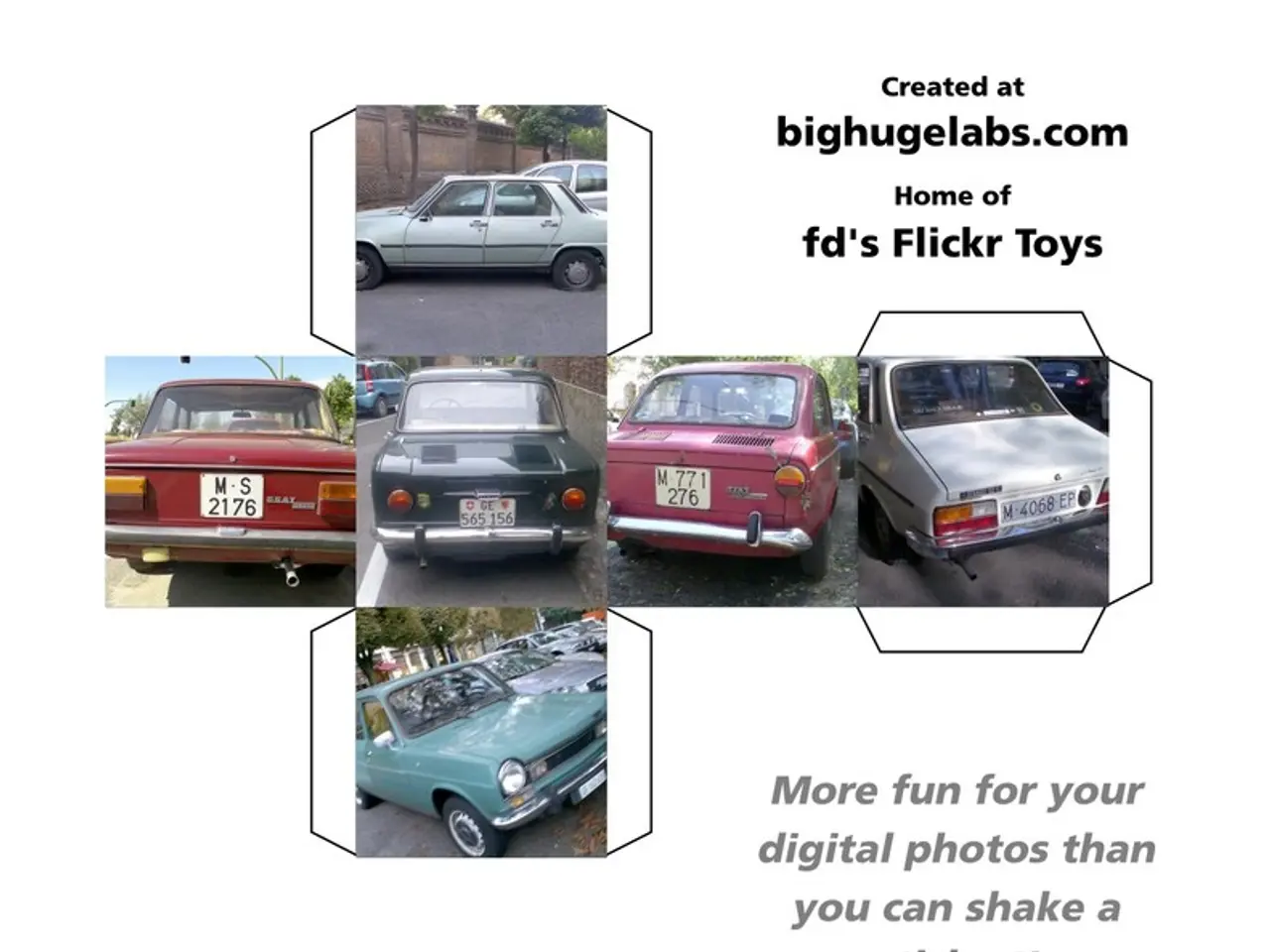Autonomous vehicle regulations relaxed, benefiting Tesla significantly
The National Highway Traffic Safety Administration (NHTSA) has introduced a new policy aimed at accelerating the development and deployment of autonomous vehicles in the United States. The new policy, known as the Automated Vehicle (AV) Framework, announced by U.S. Secretary of Transportation Sean P. Duffy, is a strategic move to compete with China and stay at the forefront of innovative technology.
Under the revised framework, NHTSA will expand the Automated Vehicle Exemption Program. This expansion will allow U.S.-manufactured autonomous vehicles, such as those produced by Tesla, to receive exemptions from certain Federal Motor Vehicle Safety Standards (FMVSS). This means that companies can deploy vehicles without traditional features like steering wheels and pedals, facilitating the development and deployment of innovative autonomous technologies on U.S. roads.
One of the companies set to benefit from this updated framework is Tesla, which plans to use Model Y and Model 3 for its robotaxi service. The upcoming Cybercab robotaxi by Tesla is being built in Texas, with production expected to begin in 2026 or 2027. The robotaxi service is planned to launch in Austin, Texas, as early as this summer.
However, the new policy has raised some concerns about transparency under the relaxed crash reporting requirements. Some transportation safety experts have expressed worries about the reporting of crashes involving advanced driver assistance systems (ADAS) and autonomous driving systems (ADS).
To address this, NHTSA has issued a Standing General Order requiring manufacturers, developers, and operators of automated driving systems (ADS) and Level 2 advanced driver assistance systems (ADAS) to report crashes involving these technologies. The order includes defined timelines and refined reporting scopes to ensure actionable safety data while reducing reporting burdens.
NHTSA will maintain its Standing General Order for critical incidents, but will now focus only on crashes that meet higher thresholds for property damage or severity. This streamlined reporting process is expected to make it easier for automakers to bring Level 4 self-driving vehicles, such as robotaxis, to public roads.
The new policy also comes amid ongoing debate and proposed bills aimed at expanding AV operations, such as allowing interstate operations of autonomous commercial trucks (ACMVs). However, concerns about insufficient safety safeguards and regulatory preemptions remain under discussion.
New proposed legislation requests more transparency on AV operational data related to safety events such as unplanned stoppages that can impede emergency services. These updates reflect a regulatory approach balancing innovation facilitation with enhanced safety data collection and oversight within the NHTSA AV Framework.
Secretary Duffy stated, "We're in a race with China to out-innovate, and the stakes couldn't be higher." Federal officials have framed the changes as a strategic requirement to compete with China and maintain the US's leadership in autonomous vehicle technology.
With the new AV Framework, Tesla and other companies developing autonomous vehicles will face fewer barriers in rolling out their innovative self-driving models, such as the Cybercab. This policy is expected to accelerate the deployment of autonomous vehicles on U.S. roads, making transportation safer, more efficient, and more accessible for everyone.
Technology plays a crucial role in the new Automated Vehicle (AV) Framework, as it aims to facilitate the development and deployment of innovative autonomous technologies on U.S. roads. This policy also encourages companies like Tesla to roll out their self-driving models, such as the Cybercab, with fewer barriers, thereby accelerating the use of advanced technology in the transportation sector.




